Barcelona
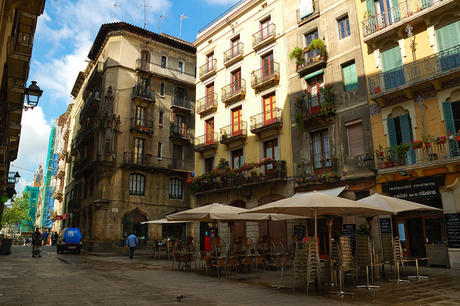
La Ribera neighbourhood is a must for anyone taking a walk through Barcelona. Whether you get there from the Via Laietana or the Arc de Triomf, as you explore the maze of narrow streets in this neighbourhood where merchants, artisans and guilds once, you’ll discover the city of design, leisure and fashion.
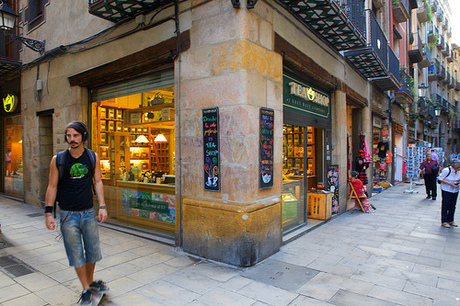
A small village in the city of Barcelona, El Born is quaint and offers a lively and energetic experience. Once the hill for jousting, the area now hosts the shops of violin and glass-makers and shop for authentic souvenirs. Watch the pensioners play cards and carry on a friendly chat at the fountain.
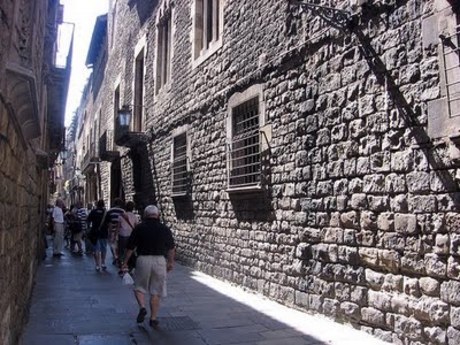
Carrer Montcada is a narrow street typical of Barcelona's Ciutat Vella (old district). During the heady days of Catalonia's empire, Carrer Montcada was the top spot for Barcelona's rich aristocrats and merchants to own a luxury pad.
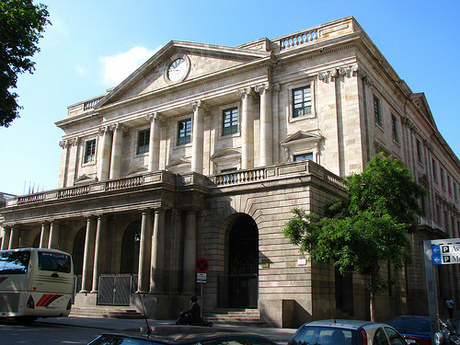
On the Pla de Palau, close to the waterfront, stands a building with a neoclassical façade which conceals one of Barcelona’s best-kept secrets: a jewel of Civil Gothic architecture. Throughout its history, the house of La Llotja has been used for a number of purposes, which have all been linked with trade and seafaring life.
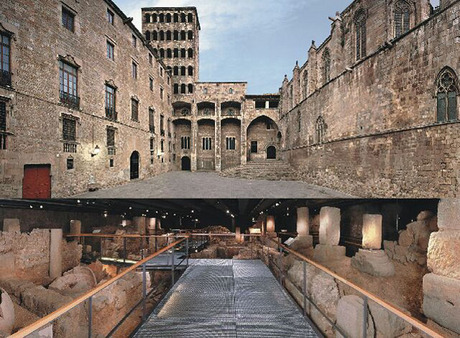
The Catalonia History Museum, or MHCAT (Museu d'Història de Catalunya) offers a fascinating insight into Catalonia's past in a converted former dockside warehouse. The Catalonia History Museum is one of Barceloneta's most interesting cultural attractions.
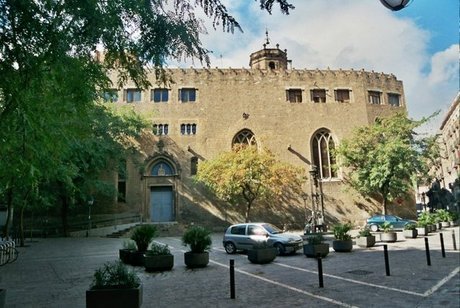
Many of Barcelona’s squares in Ciutat Vella contain astonishing Romanesque landmarks. Time seems to have stood still in the heart of the neighbourhood of Sant Pere, where the church of the ancient convent of Sant Pere de les Puelles still stands. A history dating back centuries marked by renovations which haven’t taken away any of the charm of the original building.
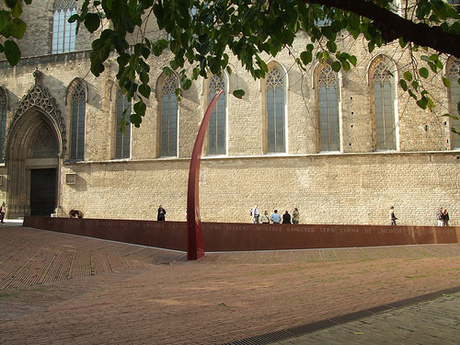
The Fossar de les Moreres is a place of great symbolic significance where the weight of history takes centre stage. Here, right in the centre of the Born neighbourhood, was the site of the graveyard for the fallen during the 1714 Siege of Barcelona. A monument stands on the site as a reminder. The place sometimes goes unnoticed by visitors. For the Catalans, the fossar is more than a memory. It is a homage.
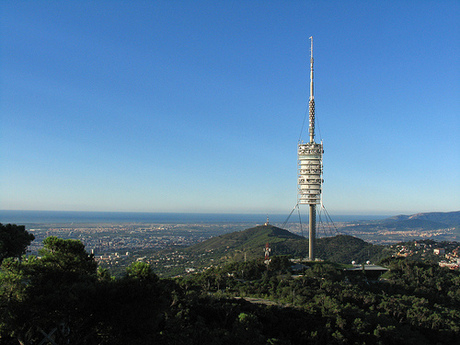
Just five minutes' walk from the Sagrat Cor is its main rival and Barcelona's most visible landmark. Norman Foster's communications tower was built in 1992 to transmit images of the Olympics around the world. Those who don't suffer from vertigo attest to the wonderful views of Barcelona and the Mediterranean from the top.
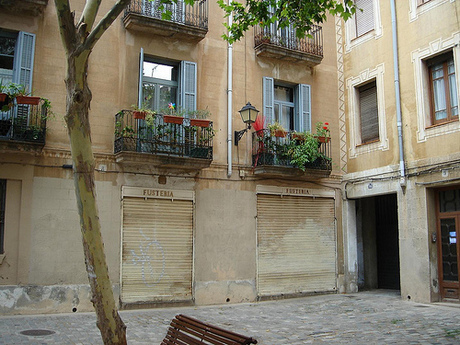
Sarrià-Sant Gervasi is one of the biggest districts of Barcelona, situated on the north-west of the city, surrounded by districts of Les Corts, Gràcia, Eixample i Horta-Guinardo, and by the villages of Sant Just, Sant Feliu, Molins de Rei and Sant Cugat. It is formed by the old villages of Sarrià (added to Barcelona in 1927), Vallvidrera (added to Sarrià in 1890), Santa Creu d'Olorda (added to Sarrià in 1916) and Sant Gervasi ("Saint Gervasius") de Cassoles (added to Barcelona in 1897).
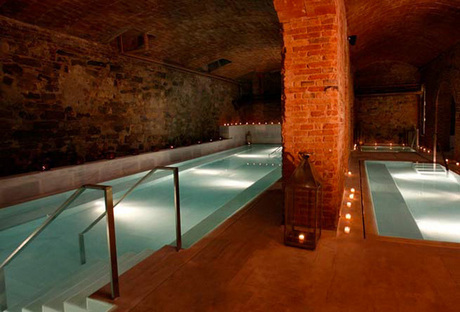
Aire de Barcelona located in the Born neighbourhood invites you to set some time apart for yourself and reboot your mind, body and soul. With pools, steam baths, therapeutic showers and an in-house reflexologist, they have all the facilities and services to pamper your every whim and create for you an oasis of serenity, away from the bustling streets of Barcelona.
 1 2 3 45 6
1 2 3 45 6 
